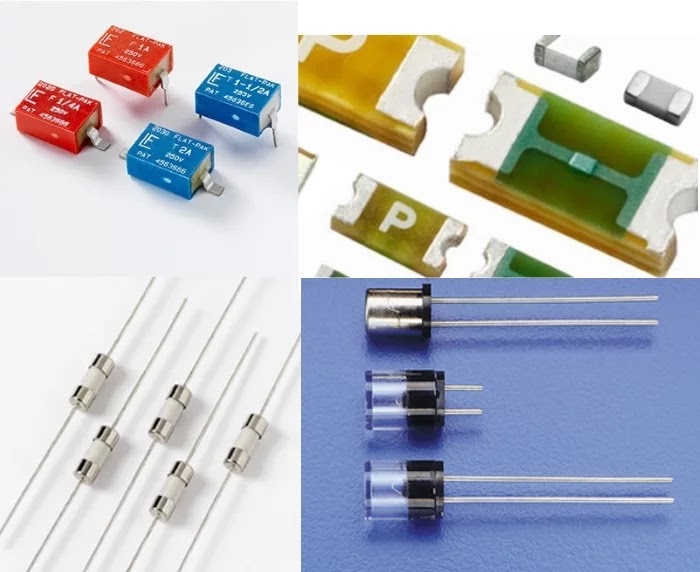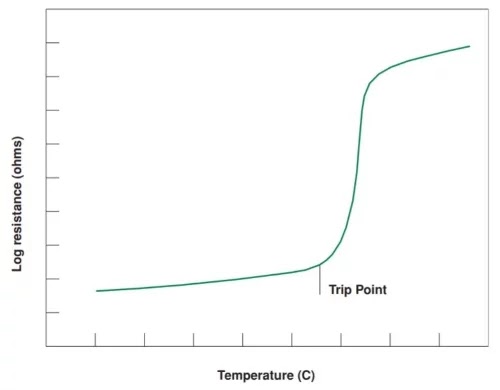The major structure of a customary breaker is basic: there is a conductive component that is intended to liquefy in light of intemperate current stream, and a lodging encases the component and gives an approach to fuse the wire into a circuit. Be that as it may, there unquestionably are minor departure from the breaker subject, and these varieties are pertinent to creators since they impact board outline and the wire's operational attributes.
The "Harder to Supplant" Classification
Physically supplanting a segment is seldom helpful, and some of the time it is exceptionally badly designed or even unthinkable. Subsequently, wires are not as well known as they were back when it was more hard to execute an elective methods for overcurrent security. What's more, really, there are a few sorts of breakers that are significantly more awkward than others, specifically, those that are fastened straightforwardly to a circuit board.
The harder-to-supplant gadgets incorporate surface-mount wires and leaded breakers (as in they have wire leads, not leaded as in containing the component lead—I trust this doesn't prompt any perplexity). You would prefer not to utilize these sorts of wires in applications that are probably going to encounter overcurrent occasions. What's more, on the off chance that you ask me, you shouldn't utilize leaded or SMT wires with the exception of as an additional layer of assurance in gadgets that will in all likelihood never require them.
Leaded circuits incorporate hub, spiral, and through-gap styles. The accompanying pictures give cases of different sorts of harder-to-supplant wires.
Top left: Surface-mount and through-hole “FLAT PAK” fuses. Top right: Thin film chip fuses. Bottom left: Axial leaded fuses. Bottom right: Radial leaded fuses. All images taken from the Littelfuse website.
The "Less demanding to Supplant" Classification
This gathering incorporates any wire that fits into a holder, to such an extent that substitution can be refined without a binding iron. Hypothetically all you should require is your fingers, however I have an unclear memory of utilizing pincers to expel a cartridge meld from a couple of shockingly tight clasps.
The standard simpler to-trade intertwine for commonplace electronic gadgets is the cartridge meld. An illustration is demonstrated as follows, alongside a through-opening clasp (when you're laying out the PCB, ensure you twofold watch that the clasp dispersing is steady with the length of your wire).
This isn't the main sort of simpler to-supplant meld, however. In the event that you get a kick out of the chance to chip away at autos, you're clearly acquainted with sharp edge wires:
To the extent I know, cutting edge wires are constrained to car applications, yet I see no motivation behind why you couldn't utilize them for some other sort of undertaking. Obviously, you would require the correct kind of holder, however addition and extraction may be more helpful than with a cartridge meld.
The Distinct advantage
As I would see it, supplanting blown wires is a drag. That is the reason I consider resettable breakers (Otherwise known as PTC wires) to be a noteworthy advancement in the realm of circuit-insurance parts.
An idealist may like to put resettable circuits in a totally extraordinary classification, since they do not have a crucial normal for customary breakers, in particular, a conductive component that melts when it is subjected to extreme current. Be that as it may, PTC wires fill a proportional need and are actualized comparably along these lines, in this article, they are dealt with as basically an alternate sort of wire.
The name "PTC meld" originates from "positive temperature coefficient". Resettable breakers are produced using a material whose opposition increments as temperature increments. As a matter of fact, the opposition increments quickly once the temperature achieves the trek point (as appeared in the graph underneath), and this is the reason PTC wires give usefulness like that of customary breakers: the obstruction is low amid ordinary activity, yet in the event that an overcurrent condition makes the temperature surpass the excursion point, the opposition turns out to be sufficiently high to constrain the current to levels that won't cause harm.
The expression "resettable wire" is maybe somewhat liberal; they don't accompany a reset catch. Or maybe, you take the gadget back to its low-opposition state by killing the power and giving it a chance to chill off.
PTC or Conventional?
It's implied that PTC wires are enormously favored in frameworks that experience visit overcurrent occasions (the importance of "visit" relies upon your perspective—once a year could be viewed as incessant if supplanting a breaker would be greatly badly designed). Truth be told, you may ask why anybody would pick a conventional wire over a PTC meld. All things considered, surprisingly PTC wires accompany a few weaknesses:
- They have higher obstruction amid typical activity.
- A stumbled PTC isn't an open circuit; it's essentially a part with enough protection from altogether restrain current stream. This may be unfortunate in a few applications.
- A PTC may disguise the event of overcurrent occasions. In the event that you need to supplant a circuit, you comprehend what happened. In case you're utilizing a PTC and something in the circuit changes and kills the overcurrent condition, the PTC could normally chill off and come back to its low-opposition state. Or on the other hand somebody in the lab may see that the framework isn't working ordinarily and cycle control without examining the genuine reason for the disappointment.
- PTCs are more touchy to changes in surrounding temperature. This is passed on by the accompanying plot; the bend marked "C" is for a PTC, and the bends named "An" and "B" are for conventional wires.
Another snippet of data passed on by this plot is that the frame factor of a customary wire can impact its defenselessness to encompassing temperature varieties. For instance, thin film wires (relating to bend An) are fundamentally more touchy to surrounding temperature than leaded and cartridge wires (comparing to bend B).
Conclusion
In this article, we evaluated sorts of conventional circuits and we additionally examined the contrasts between customary breakers and resettable wires. Don't hesitate to leave a remark in the event that you have any contemplations on which intertwine type is most fitting in a specific plan circumstance.








0 comments:
Post a Comment